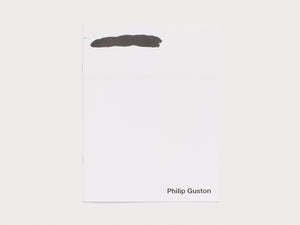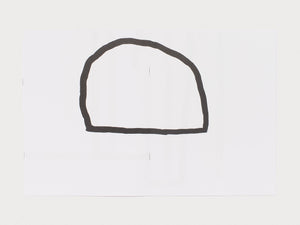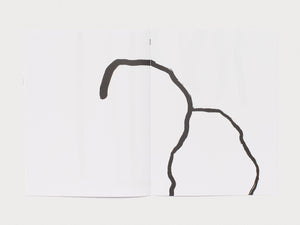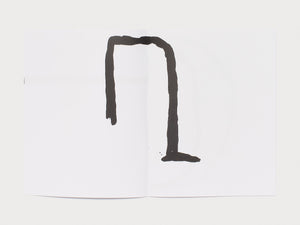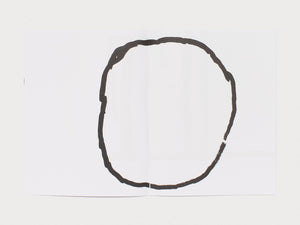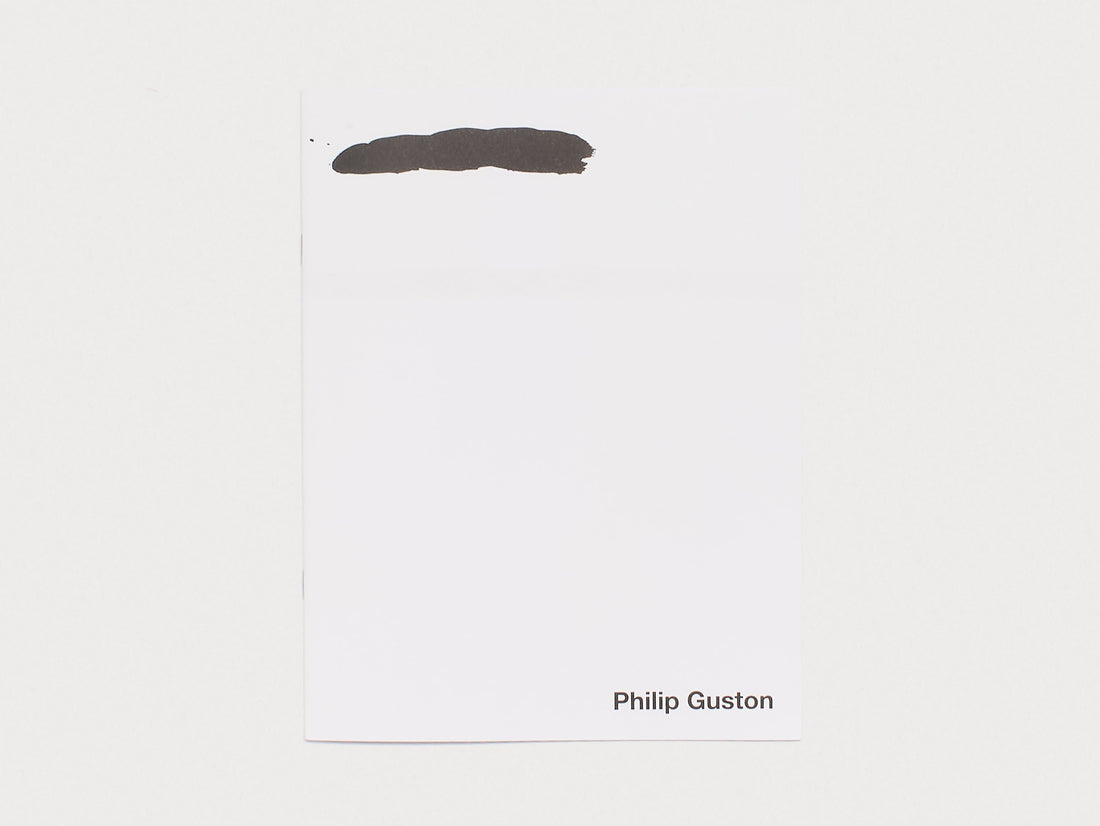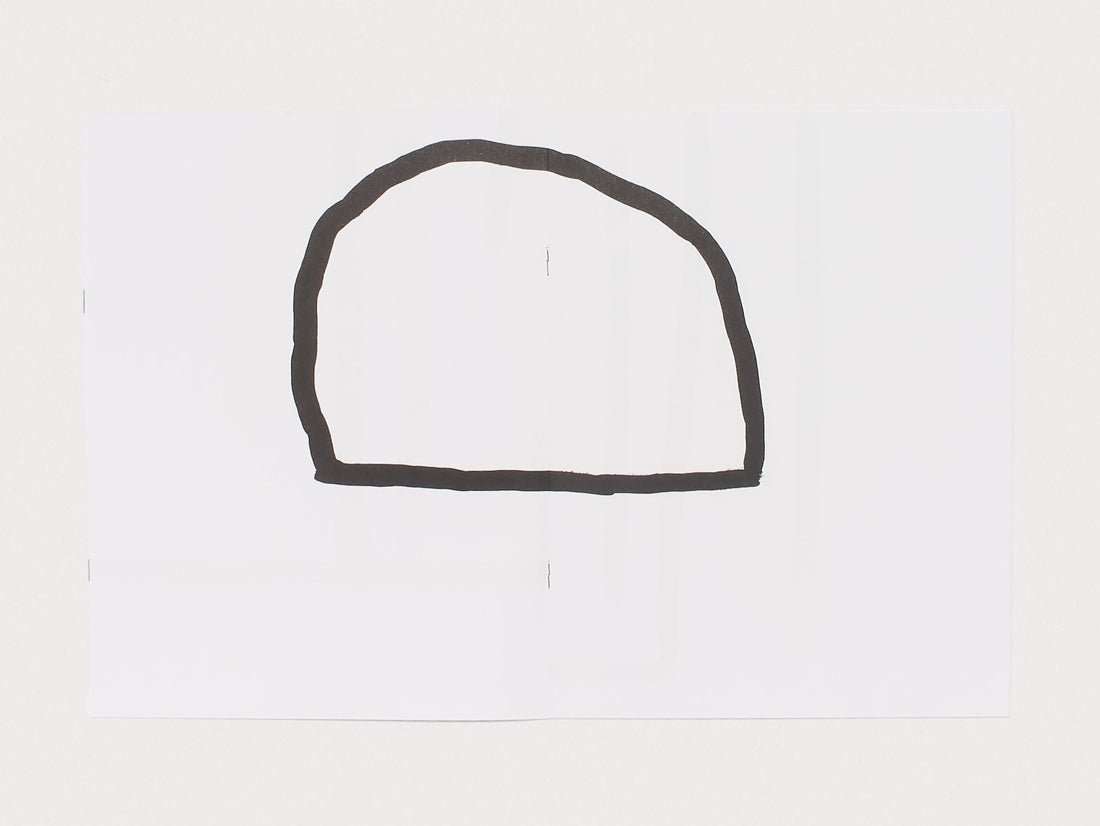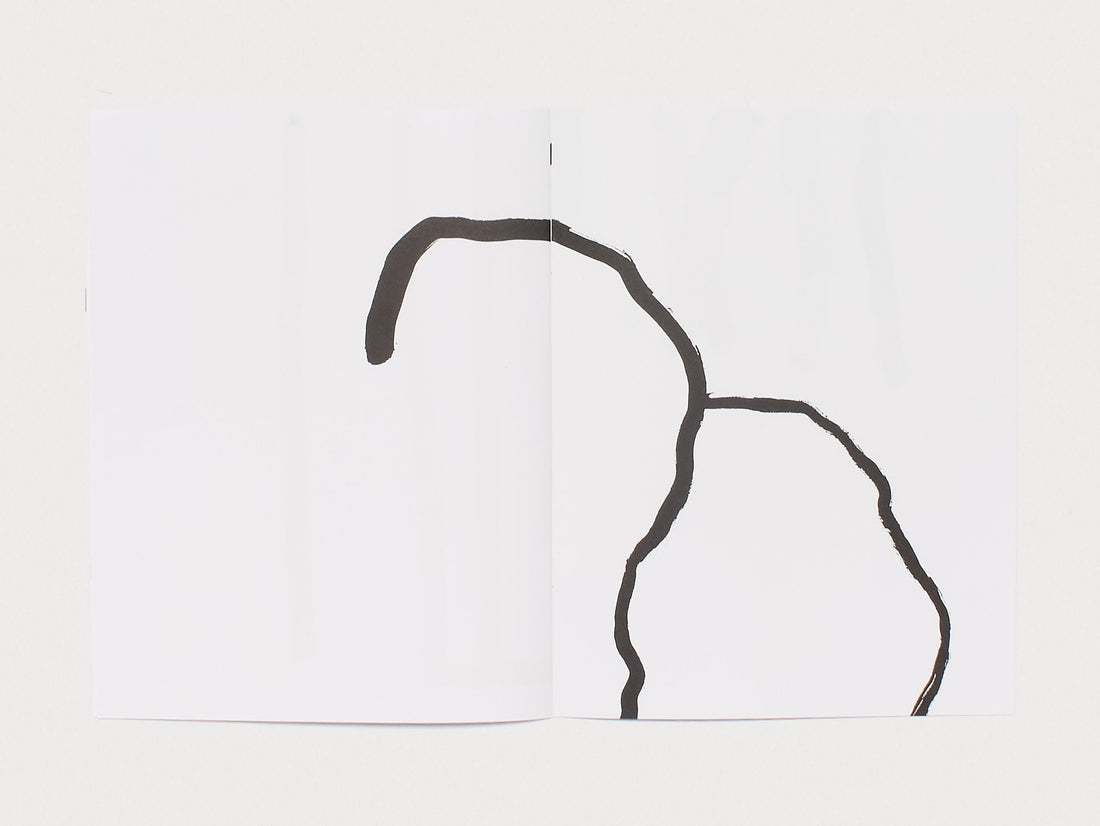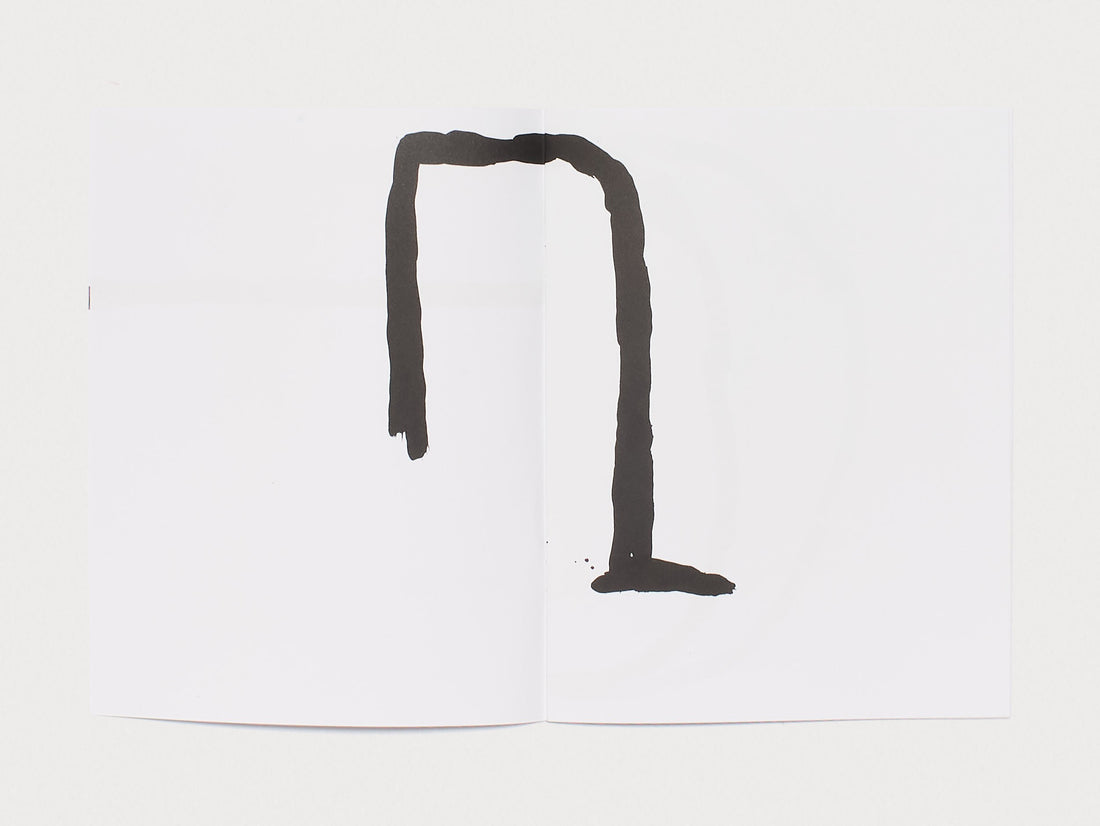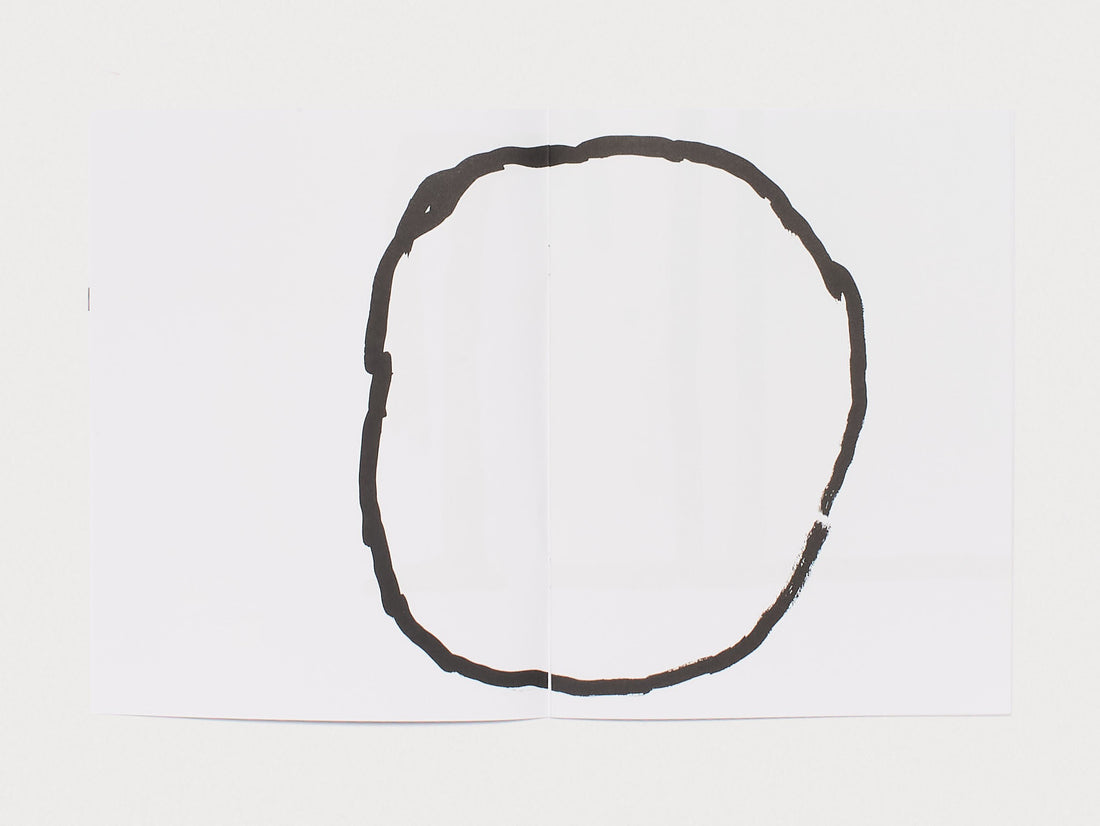The Drawings
Philip Guston was born in Montreal, Quebec in 1913, the seventh child of Ukrainian immigrants. Raised in Los Angeles and largely self-taught, he found inspiration for his early murals in the masters of the Italian Renaissance. Early acclaim as a figurative painter and years spent teaching in the mid-West were followed by a Prix de Rome in 1948-49, after which he moved permanently to New York and turned to abstraction, joining contemporaries Pollock, De Kooning, Kline and Rothko. In the mid-1960's, Guston withdrew from the New York art scene to Woodstock, where he worked on the late figurative paintings for which he is now best known. He died in 1980, weeks after the opening of a major retrospective.
After his Jewish Museum exhibition in 1966, Guston moved to Florida and, during a period of personal crisis, stopped painting. Instead, he turned to producing simple drawings. '1 drew constantly... Drawing very pure lines, very few lines. Some of them ended up just one line or two lines on the paper.' For Guston, 'the successful ones ... were the ones where the space felt filled and they weren't just lines.’
